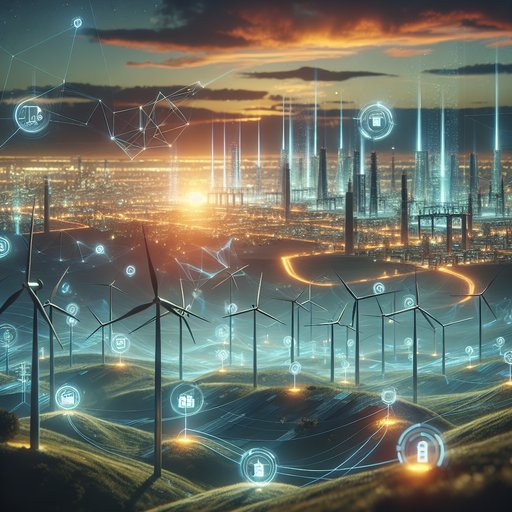
The evolution of battery technology reads like a throughline from curiosity to critical infrastructure, and it is reshaping how the world uses renewable energy. What began with experimental cells in the 19th century now anchors gigawatt-scale projects that steady wind- and solar-rich grids, soak up surplus generation, and power homes through storms. Along the way, costs plunged, chemistries diversified, software matured, and pioneering installations proved that storage can move from the periphery to the center of the energy system. This is the story of a technology that learned to serve not just devices and cars, but entire economies—and of the breakthrough projects that made it real.

The global shift from fossil fuels to renewable energy is not just an engineering project; it is a labor market transformation unfolding in real time. As countries pursue climate targets, energy security, and lower-cost power, investments are changing what kinds of skills are in demand and where jobs are located. New employment is growing rapidly in solar, wind, grids, batteries, and efficiency, even as coal and, in some regions, oil and gas employment contract. This transition poses risks for workers tied to legacy assets, but it also creates opportunities for high-quality careers if retraining and regional development policies keep pace. Understanding both sides of this ledger—job creation and displacement—helps governments, firms, and communities craft strategies that are economically resilient and socially fair.

Electric power systems are being redesigned for a world where wind and solar play a leading role. This transformation goes far beyond adding turbines and panels; it requires new sensors, software, market rules, and hardware that can keep electricity reliable when supply varies with weather and demand shifts by the hour. Smart grid technologies—spanning advanced metering, real‑time control, and flexible demand—are turning passive networks into dynamic platforms. At the same time, operators are learning to integrate inverter‑based generation, large-scale storage, and responsive loads to preserve stability without relying on fossil plants. The result is a grid that is cleaner, more resilient, and increasingly digital, but one that also demands careful planning, cybersecurity, and investment to deliver affordable, dependable power.

Across the world’s coasts, engineers are turning the steady pulse of tides and the persistent motion of ocean waves into a new class of renewable power. Unlike wind and solar, the lunar clock governing tides is predictable decades in advance, and wave fields can be forecast days ahead, creating a resource that complements variable generation. From fast tidal streams in narrow channels to long-period swells rolling ashore, these technologies promise low-carbon electricity close to population centers that already cluster along coastlines. After years of prototypes, grid-connected pilots are now proving survivability, refining designs, and building the operational know-how needed to scale. The result is an emerging toolkit that can strengthen coastal energy systems, reduce diesel dependence on islands, and add resilience to decarbonizing grids.



































































